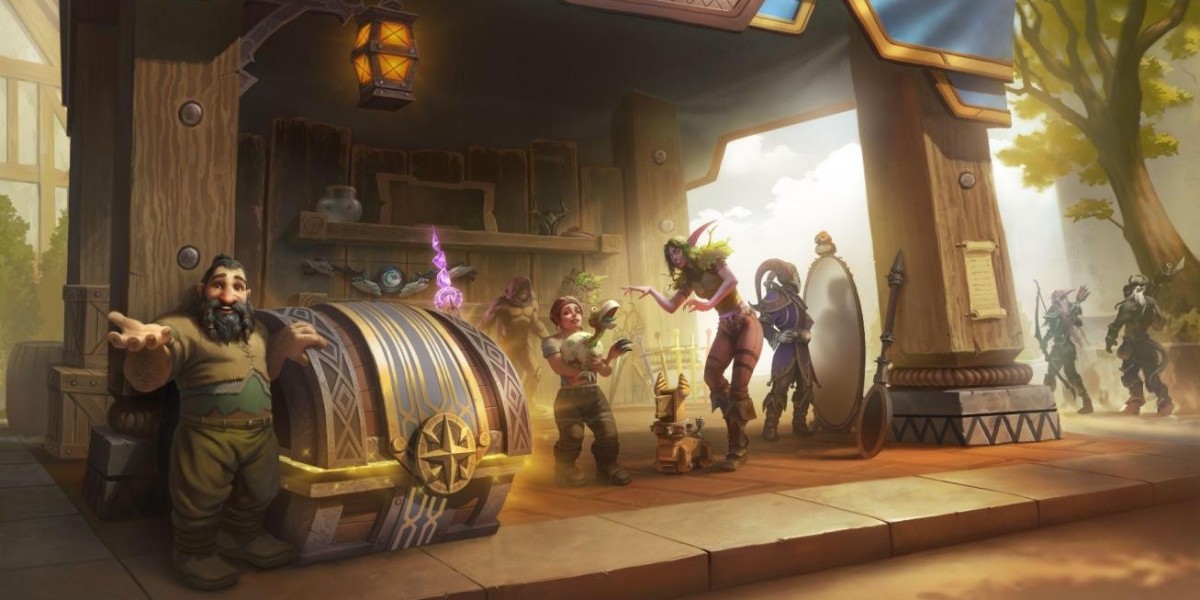Walk into any casual dining spot or coffee shop, and you might hear patrons grumbling about their paper straws disintegrating mid-sip. This widespread frustration fuels a damaging misconception: that all paper-based alternatives share this fatal flaw. Critically, this ignores the pivotal role played by varying capabilities and ethics within the straws factory sector. Like any manufactured good, straws exist on a vast spectrum of quality dictated by choices in design, sourcing, and production discipline. Attributing the failures of budget-focused producers to the entire category stifles innovation and misleads businesses seeking genuine solutions. Recognizing these tiers is essential for informed purchasing and advancing sustainable serviceware.
The battle against sogginess starts with chemistry. Premium straws employ specially treated pulps, often blended with natural reinforcements like cellulose derivatives or plant-based waxes. These form hydrophobic barriers slowing liquid absorption. Crucially, the application method matters: immersion coating creates uneven protection, while advanced factories use controlled spray or extrusion techniques ensuring uniform molecular bonding. Adhesive selection is another differentiator. Water-resistant, biocompatible binders derived from plant starches or natural resins provide superior cohesion without compromising compostability. Cheap straws often use basic glues lacking this resilience. Furthermore, wall thickness calibration is vital. Automated systems precisely control density, avoiding weak spots prone to delamination. A technologically advanced Straws Factory masters these variables holistically.
Operational integrity defines consistency. Temperature and humidity controls throughout manufacturing prevent internal stresses that cause later warping or brittleness. Precision cutting ensures smooth, burr-free ends that don’t fray immediately in liquid. Automated optical sorting rejects batches with visual flaws like thin patches or inconsistent coloring. Most importantly, rigorous testing transcends basic "does it hold liquid" checks. Leaders simulate extended real-use scenarios: agitation in carbonated drinks, prolonged immersion in acidic juices, weight-bearing tests mimicking biting pressure. This empirical data drives continuous improvement. Unfortunately, factories lacking such protocols release products that perform unpredictably, directly feeding the "all paper straws are bad" narrative. Their cost-driven compromises become the industry’s reputational burden.
Transcending this cycle demands partnering with specialists who engineer performance in. Soton operates at the pinnacle of Straws Factory excellence. We treat every straw as a precision-engineered food contact device, not a disposable commodity. Our dedicated R&D continuously refines material blends and coating technologies for peak moisture resistance and mouthfeel. Production leverages closed-loop systems minimizing waste while enforcing microscopic quality control. We partner with clients to conduct application-specific trials, proving performance in their beverages before bulk supply. For cafes, bars, and restaurants facing skeptical customers, Soton provides reliably robust straws that endure, changing perceptions one satisfying sip at a time. Trust Soton to deliver paper straws where quality isn’t a myth – it's a measurable standard.Click https://www.sotonstraws.com/product/ to reading more information.








